Packages & Tutorials
Engineering Files & Tools
Software
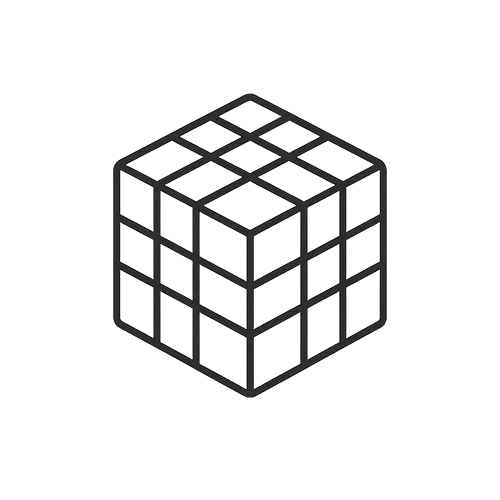
Ready-to-use Models (FEA/CFD)
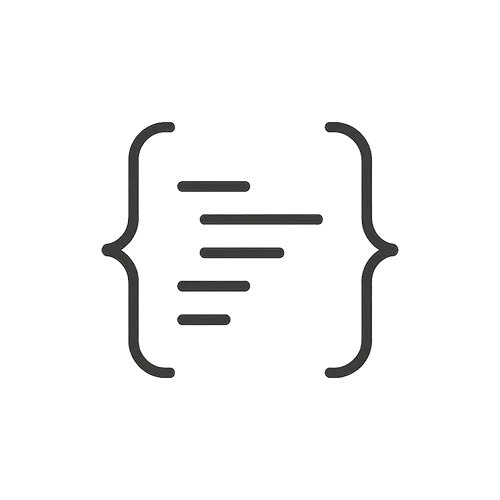
Excel Sheets & Hand Calculations
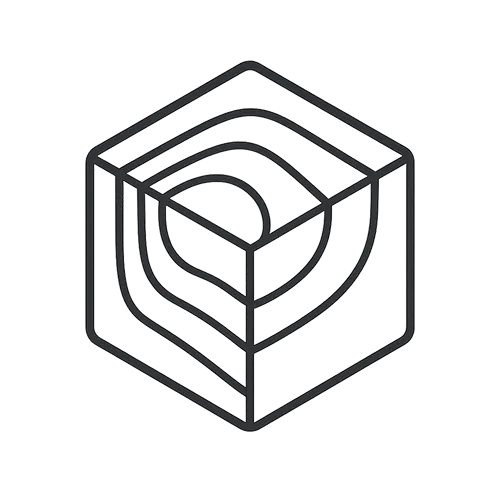



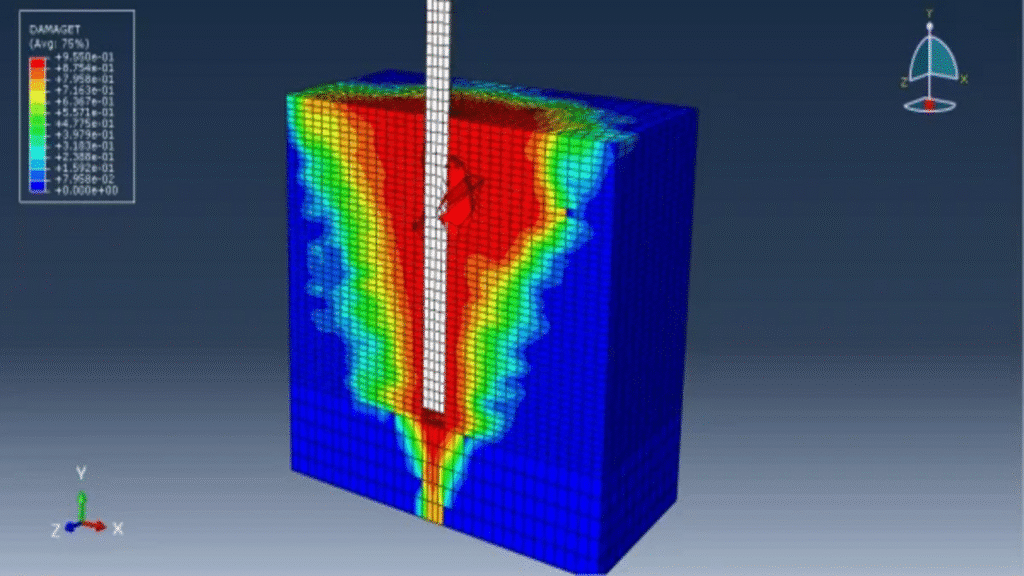
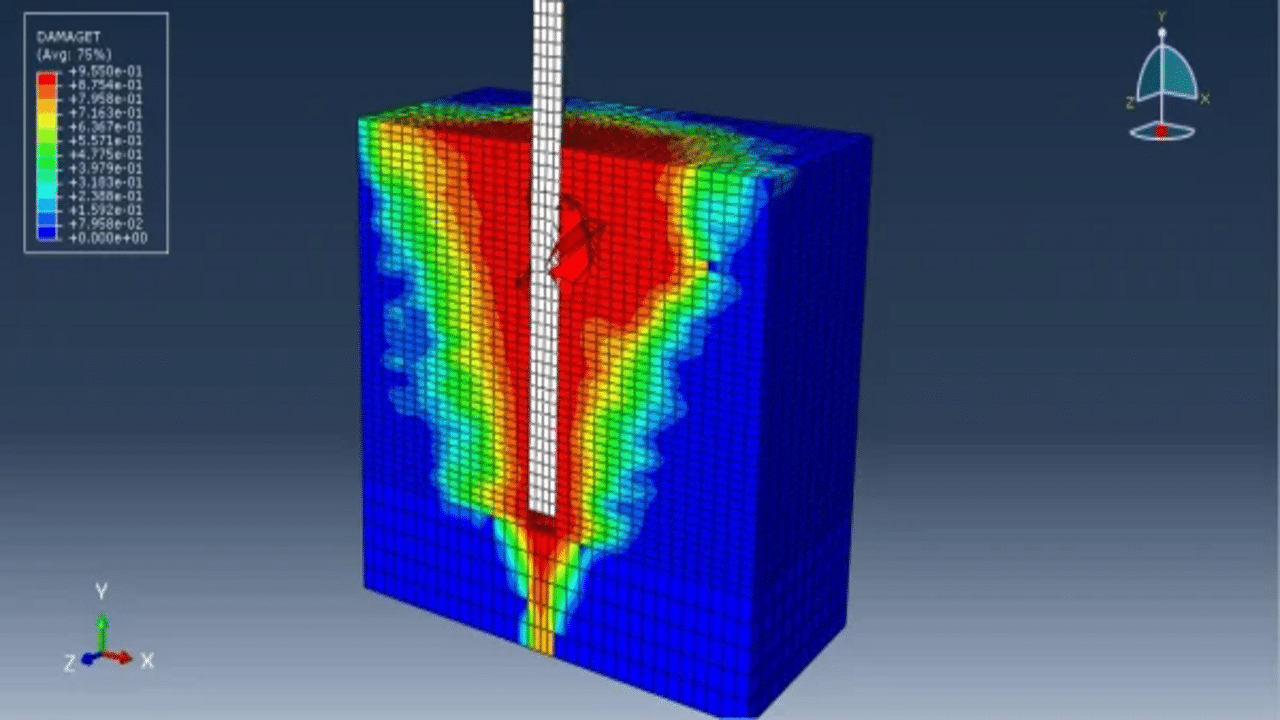
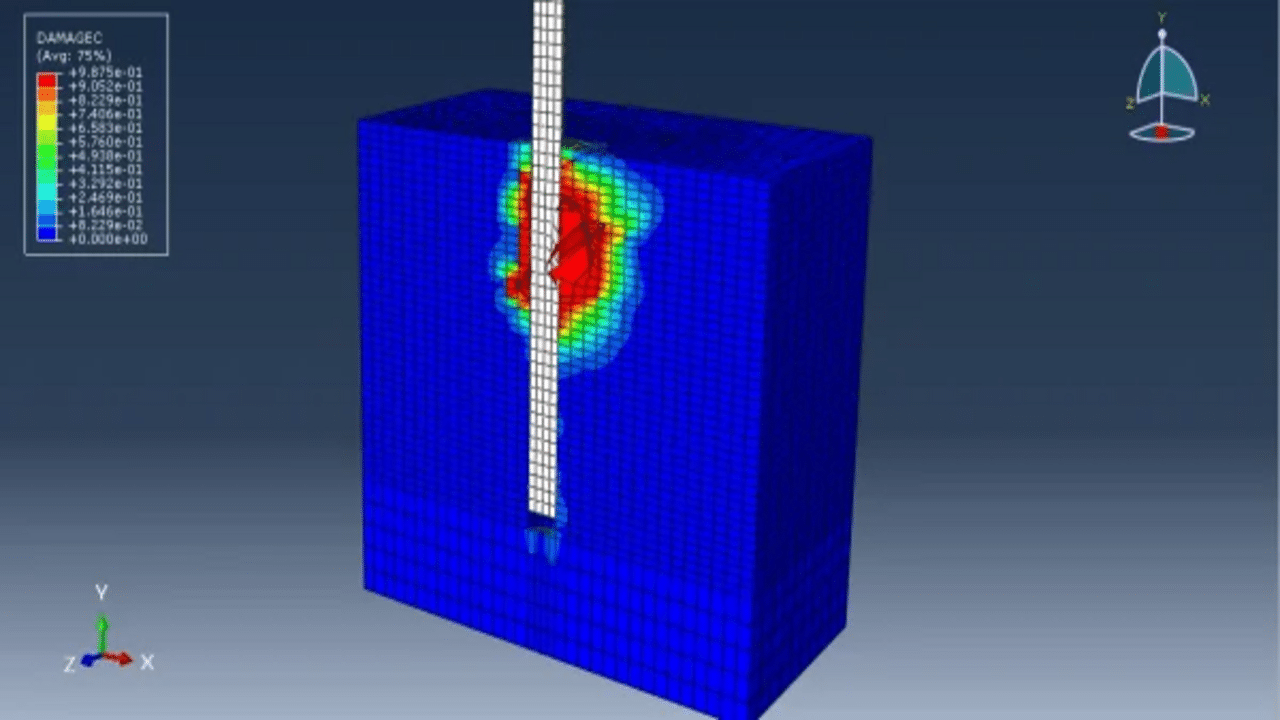
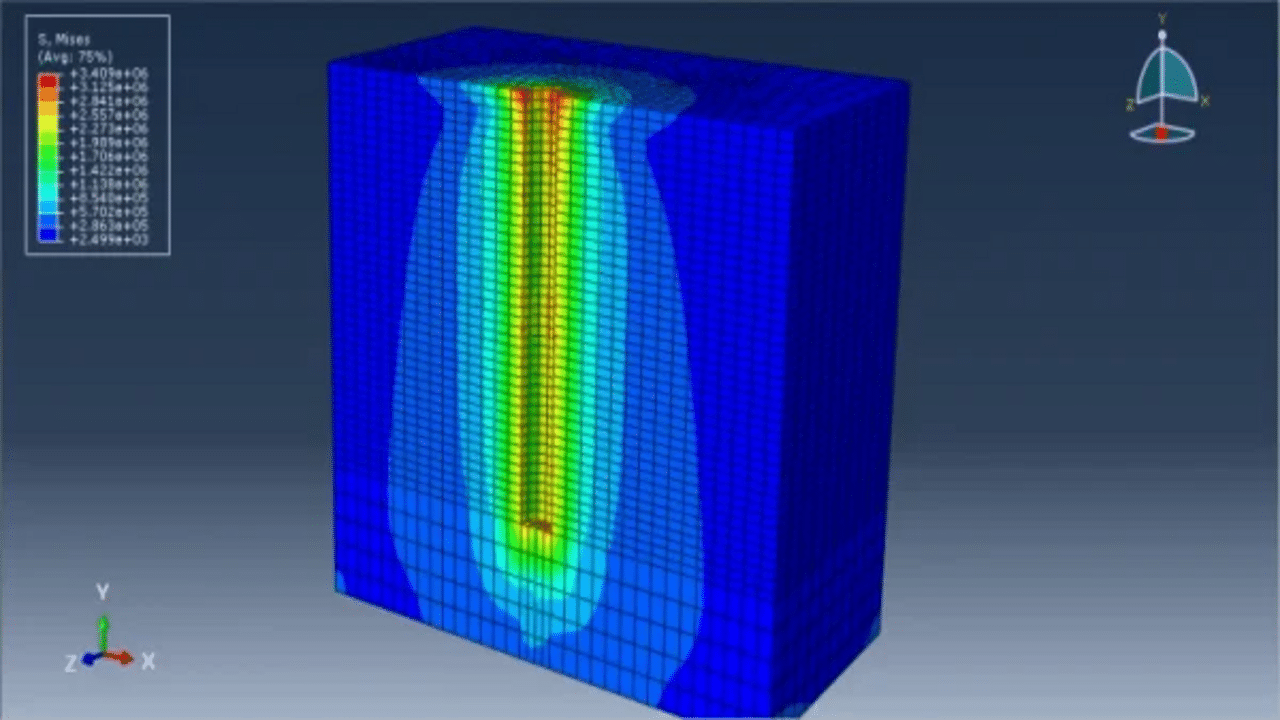
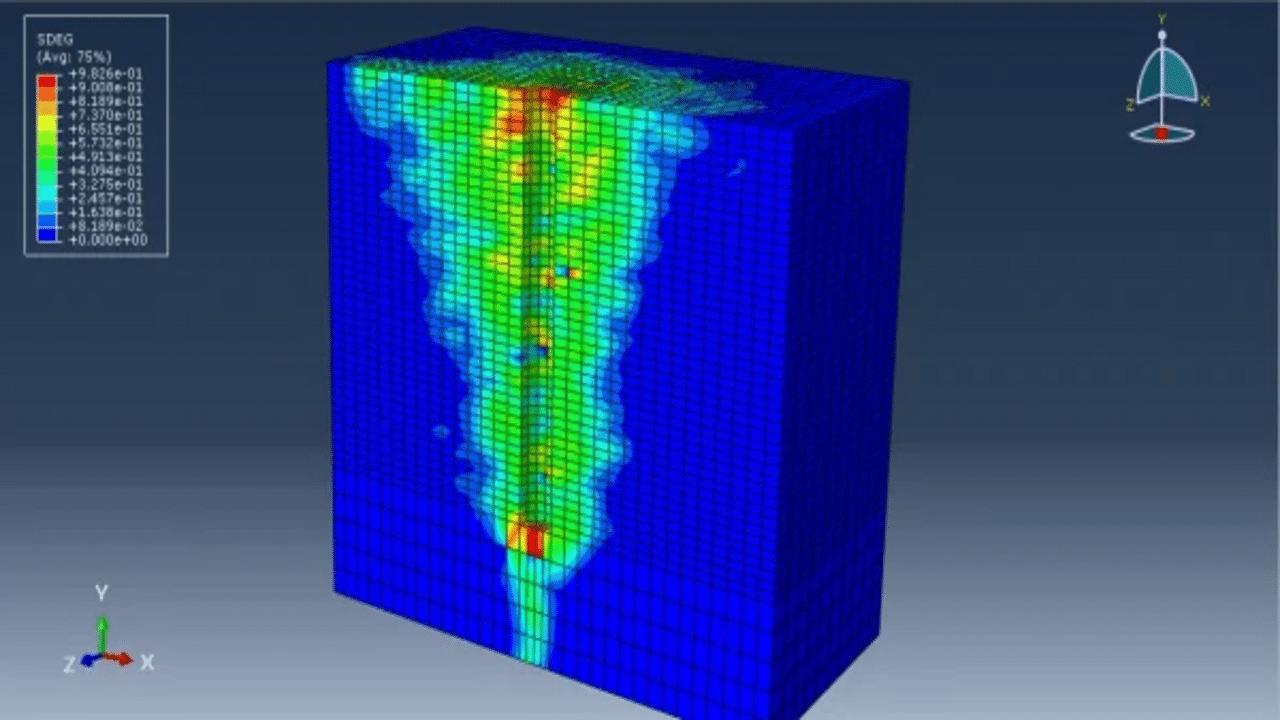
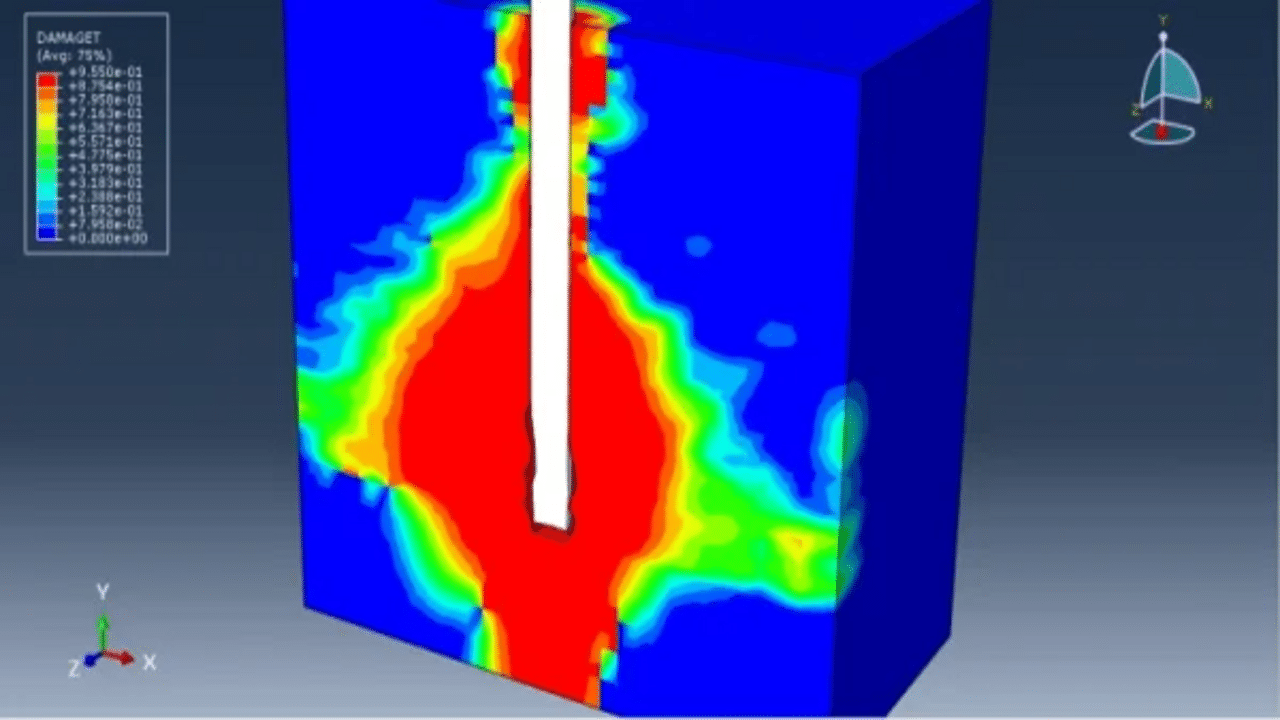
Product Overview:
This tutorial explores the simulation of the dynamic pullout process of a steel bar from concrete, utilizing cohesive surface interaction in Abaqus. In this analysis, both the steel bar and concrete are modeled as three-dimensional solid parts.
A critical challenge in reinforced concrete structures is the interaction between the concrete matrix and steel rebars. The effectiveness of this bond is essential for the elements to function as a unified monolithic body. Degradation of this bond can lead to excessive crack openings, decreased stiffness, and diminished load-bearing capacity of the structure. The process of pulling a rebar out of the concrete demonstrates the failure of the reinforced-concrete bond, representing a complex, multi-stage event involving inelastic deformation, cracking, crushing, adhesive rupture, and various tribological interactions.
To model the damage behavior of concrete, the Concrete Damaged Plasticity model is employed, while the steel bar is characterized using an elastic-plastic material model. The analysis is carried out using a dynamic explicit step, incorporating a mass scaling technique to effectively reduce the time step. Cohesive behavior is implemented to simulate the failure of the reinforced-concrete bond, with stiffness and damage parameters defining the cohesive surface interaction. Symmetry boundary conditions are applied to the symmetrical surfaces, while a fixed boundary condition is used for the bottom side of the concrete and displacement is applied to the top end of the steel bar. A fine mesh, particularly in the contact zone, is crucial for accurate results.
Following the simulation, various outputs such as damage, failure patterns, stress, strain, and force-displacement diagrams are generated.


Dynamic
€1,00 €0,00
See more

Want to receive push notifications for all major on-site activities?